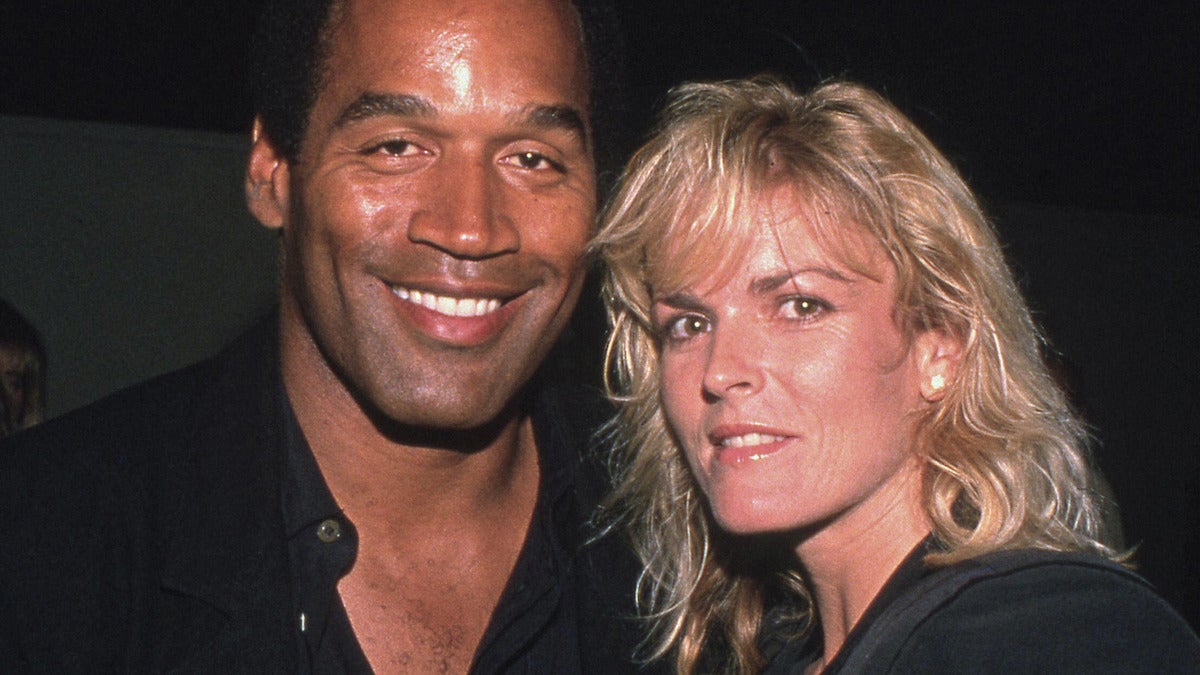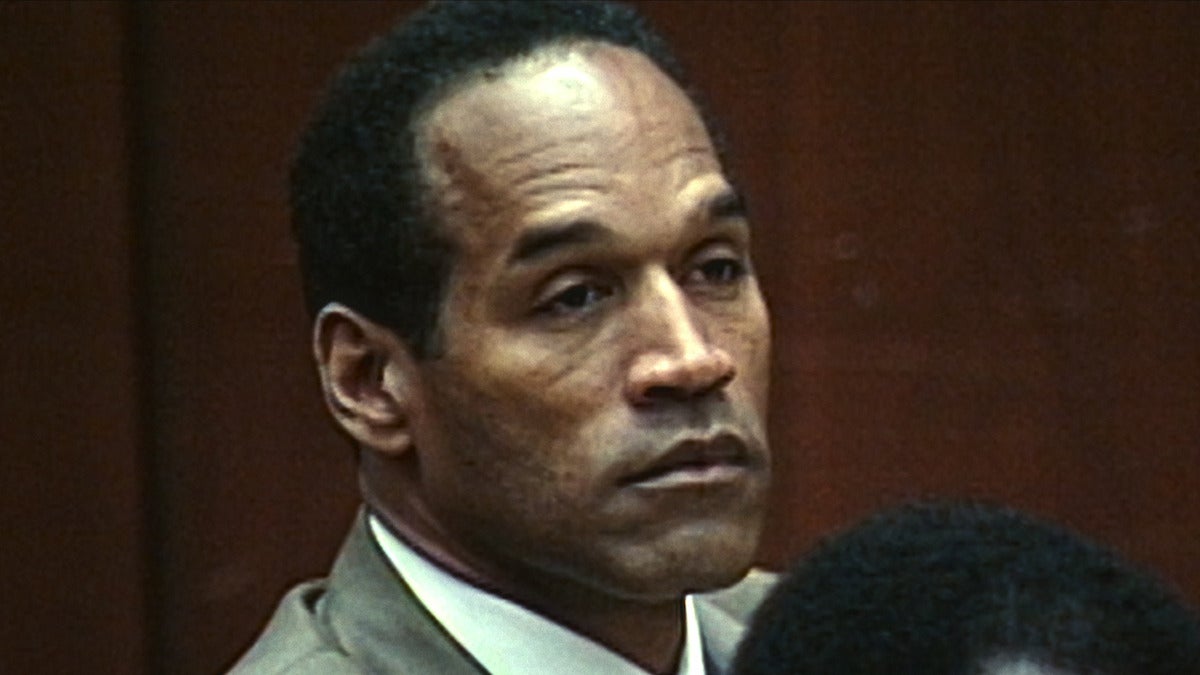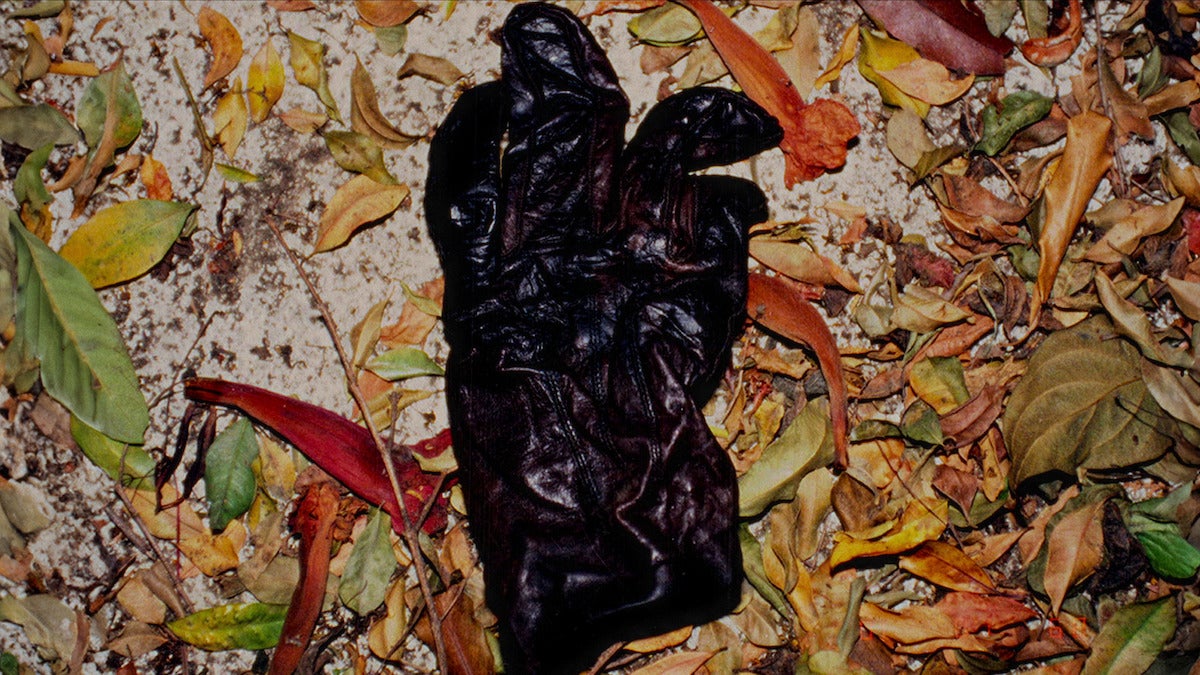A double murder. The white Ford Bronco. Bloody gloves. And former NFL player O.J. Simpson at the front and center of the country’s most high profile case.
Thirty years ago this week, millions of people started tuning in what came to be known as the trial of the century, seeing evidence to determine if Simpson slaughtered his ex-wife Nicole Brown Simpson and her friend Ron Goldman.
Days after the two were found dead in a double murder in June 1994, viewers around the world tuned in to watch police pursue Simpson in car chase across the highways of Los Angeles.
And yet when Simpson was acquitted after his eight-month long trial in 2005, the saga sparked debate and controversy that reverberated for years.
Countless movies, TV shows, and documentaries have been made about the case, which has become a cultural phenomenon, even following Simpson’s death in April 2024.
The new four-part Netflix docuseries American Manhunt: O.J. Simpson, which begins streaming on January 29, reexamines it. The series features new interviews with major players and witnesses from the time of the murders, as it breaks down the case, considers implications of dismissed evidence, and the role of the public spectacle.

Director Floyd Russ, who also directed American Manhunt: Boston Marathon Bombing and Untold: Malice at the Palace, said he sought to bring Simpson’s story to a new generation, offering a new lens on the historic trial.
“Our interview subjects have a power to reflect in a new way with the passage of 30 years,” he told Netflix’s Tudum. “This is a story that has so many faces and so many elements that when you contextualize it historically it takes on a new form every few years.”
The series features new interviews with many of the key figures from the investigation and trial, including former LAPD detective Mark Fuhrman, as well as witness Kato Kaelin, who was the “last person to see OJ before the murders,” Kaelin says in the doc.
Ron Goldman’s sister Kim Goldman also speaks in the doc, taking viewers through her grief as she recalls the night her brother was killed and the aftermath of the murders.
“My brother was returning Nicole’s glasses,” she says on the doc, breaking down in tears before continuing, “and was slaughtered to death.”
Attorneys for the defense and prosecution, Carl Douglas and Christopher Darden, are also interviewed.
“Their emotions have evolved, and the way they’re able to talk about it is different than they ever have before," Russ said of the interviews.
A double murder and OJ’s arrest
On June 12, 1994, Nicole Brown Simpson and Ron Goldman were found brutally murdered outside Nicole’s home in Los Angeles.
When police went to her ex husband’s estate the next day, they discovered blood on his white Ford Bronco and a bloody glove that matched one found near Goldman’s body.
Meanwhile, Simpson had left town the night before. Once he was informed about the deaths he returned to Los Angeles where he was questioned for hours.
With a search warrant in hand the police search Simpson’s mansion to find even more traces of blood, and the football players was quickly identified as the prime suspect in the double homicide.

The Simpsons had married in February 1985 and had two children, Sydney Simpson and Justin Simpson. They divorced in 1993, just a year before the murders.
When Simpson was asked to take a lie detector test, he turned to his friend at the time, Ron Shipp, a retired LAPD officer.
Shipp recalled the conversation in the new docuseries. Simpson said police wanted him to take a lie detector test.
“He told me he didn’t want to take it. And I asked, ‘Why?’ and he said because he had dreams of killing her.”
A wild Bronco chase
On June 17, 1994, an estimated 95 million Americans watched as Simpson sat in the back of a White Ford Bronco that led police on a slow-moving chase throughout Los Angeles as authorities were set to charge the football star for murder.
Simpson was not actually driving the vehicle – his friend Al “AC” Cowlings was behind the wheel – but he sat in the back seat holding a gun to his temple, seemingly close to ending his life.
“I’ve had a great life, great friends,” he said in what many believed was a suicide note written just before he set out in the Bronco. “Please think of the real O.J. and not this lost person.”
The chase ended roughly an hour after it started and Simpson turned himself in to the authorities.
The ‘Trial of the Century’
Simpson’s monthslong televised trial ended up eclipsing his fame as one of the most gifted running backs in football history, the Associated Press reported.
The trial, which touched on fame and wealth, domestic violence and racism, was one of the first ever in the states to run on television. And America couldn’t get enough.
Prosecutors painted a picture of Simpson as a jealous ex-husband and a cold-blooded killer. They pleaded with jurors not to be intimidated by his “dream team” of highly paid defense attorneys, his charisma as an actor, or his status as a football star.

Evidence found at the murder scene seemed overwhelmingly against Simpson: Bloody footprints in his size were there, as were blood drops seeming to match his DNA and a glove identical in style to one bought by his slain ex-wife and worn by him at televised football games. Another glove, smeared with his blood and blood of the two victims, was found at his home.
But the science of DNA analysis was in its infancy, and there were mistakes by police and forensic technicians in handling evidence. When Simpson tried on the gloves in court, he couldn’t get them onto his large hands, leading to the famous line his attorney Johnnie L. Cochran Jr. later delivered to jurors: “If it doesn’t fit, you must acquit.”
Defense attorneys say he was framed, they said, pointing to former Los Angeles police Detective Mark Fuhrman, who denied making anti-Black racial slurs but recanted after a recording was played in court. He later pleaded guilty to perjury.

It was Fuhrman who found the bloody glove at Simpson’s home — or planted it, as some claimed — and it was Fuhrman who could not be trusted, defense attorneys said. Jurors apparently agreed, saying Fuhrman’s past weighed heavily on their minds.
On October 3, 1995, after just four hours of deliberation, Simpson was acquitted of the murder charges. The decision divided public opinion, with many questioning the fairness of the trial and the role of race in the verdict.
After the verdict
Simpson attempted to live a normal life, but Goldman’s family believed Simpson was guilty and pursued their wrongful death lawsuit against him.
In a civil trial, a jury found Simpson liable for the murders and ordered him to pay $33.5 million in damages to the Goldmans and Nicole Brown Simpson’s family.
Hundreds of valuable possessions were seized by the court, and Simpson was forced to auction his Heisman Trophy, fetching $230,000.
In 2007 Simpson made national headlines again after he was arrested in Las Vegas after he and several other men entered a hotel room and took memorabilia items that Simpson claimed had been stolen from him. A jury convicted Simpson of armed robbery and other felonies.
At 61 years old, Simpson was sent to prison in Nevada, where he spent the next nine years. When he was released on parole in October 2017, he said he was only trying to retrieve memorabilia and heirlooms stolen from him after his criminal trial.
He lived his final years tweeting videos of himself talking about football, golf and politics. In January 2021, during the global pandemic he shared a photo of himself receiving the Covid-19 vaccine, and encouraging others to get it when their time came.
In a February post, just weeks before his death, he sat poolside in Las Vegas, and tweeted about his health and golf.
“My health is good,” he said. “Obviously I’m dealing with some issues, but hey I think I’m just about over it and I’ll be back on that golf course hopefully in a couple of weeks.”
OJ’s death and new FBI documents
Simpson, who had been battling metastatic prostate cancer, died on April 10, 2024, surrounded by his children and grandchildren, according to a family statement. He was 76 years old.
Two months later, the FBI released 475 pages of documents largely focused on the investigation into the 1994 murders.
The documents included details about blood found at the crime scene, fiber samples, hair samples from both victims and other forensic evidence.
And just like that, the saga was back in the spotlight.
“A brutal murder, a media frenzy like no other, a chase watched by 90 million people, and a trial that uncovered things we never expected,” Russ told Rolling Stone about the new docuseries.
“Even 30 years since the murder, it’s more relevant now than ever. There simply is no case like it in the entire history of America.”







